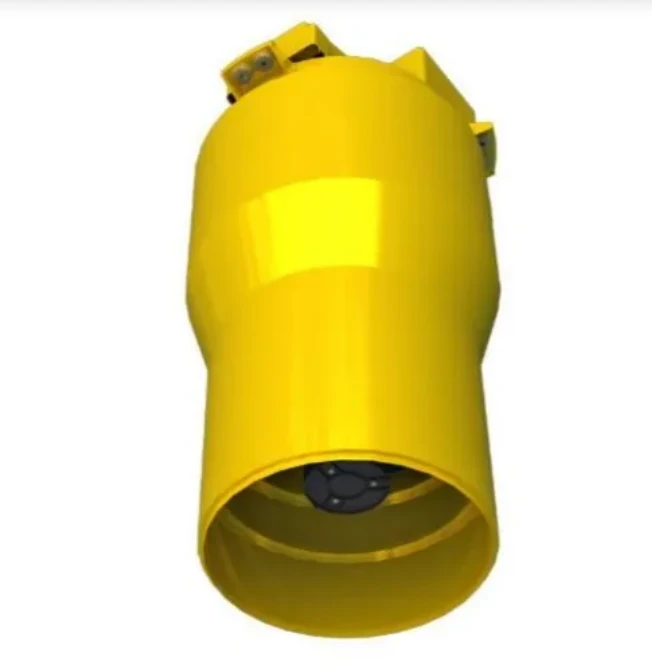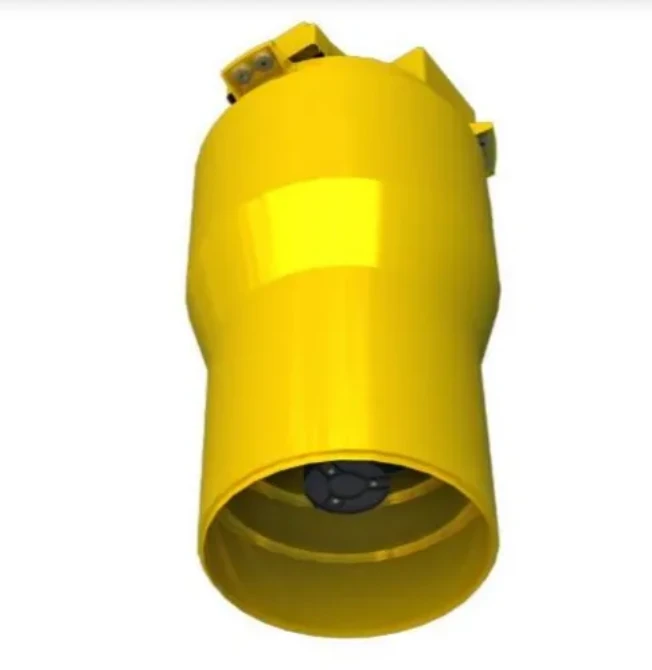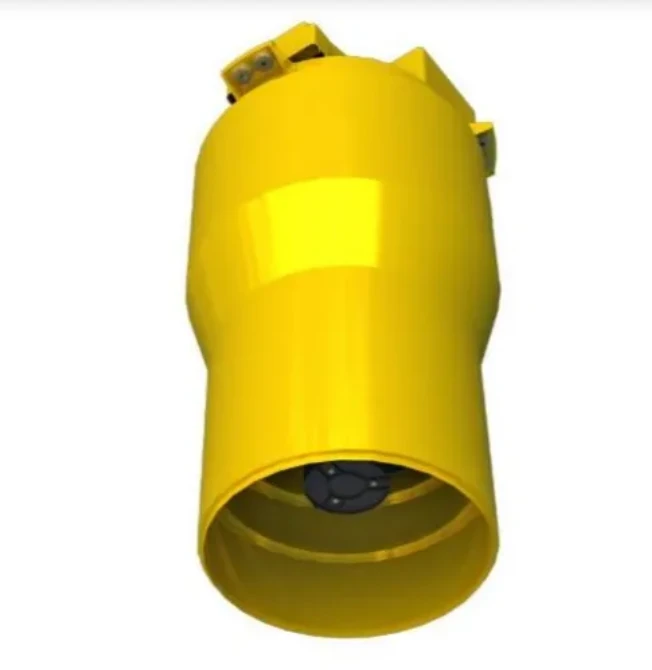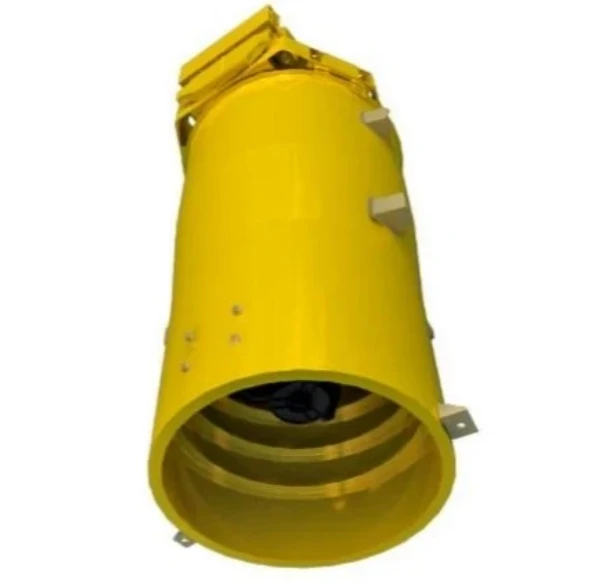
- Afrikaans
- Albanian
- Amharic
- Arabic
- Armenian
- Azerbaijani
- Basque
- Belarusian
- Bengali
- Bosnian
- Bulgarian
- Catalan
- Cebuano
- China
- Corsican
- Croatian
- Czech
- Danish
- Dutch
- English
- Esperanto
- Estonian
- Finnish
- French
- Frisian
- Galician
- Georgian
- German
- Greek
- Gujarati
- Haitian Creole
- hausa
- hawaiian
- Hebrew
- Hindi
- Miao
- Hungarian
- Icelandic
- igbo
- Indonesian
- irish
- Italian
- Japanese
- Javanese
- Kannada
- kazakh
- Khmer
- Rwandese
- Korean
- Kurdish
- Kyrgyz
- Lao
- Latin
- Latvian
- Lithuanian
- Luxembourgish
- Macedonian
- Malgashi
- Malay
- Malayalam
- Maltese
- Maori
- Marathi
- Mongolian
- Myanmar
- Nepali
- Norwegian
- Norwegian
- Occitan
- Pashto
- Persian
- Polish
- Portuguese
- Punjabi
- Romanian
- Russian
- Samoan
- Scottish Gaelic
- Serbian
- Sesotho
- Shona
- Sindhi
- Sinhala
- Slovak
- Slovenian
- Somali
- Spanish
- Sundanese
- Swahili
- Swedish
- Tagalog
- Tajik
- Tamil
- Tatar
- Telugu
- Thai
- Turkish
- Turkmen
- Ukrainian
- Urdu
- Uighur
- Uzbek
- Vietnamese
- Welsh
- Bantu
- Yiddish
- Yoruba
- Zulu
Exploring Methods to Obtain the Latest Satellite Images
In the era of advanced geospatial technology, accessing the latest satellite images has become essential for diverse applications, from environmental monitoring to urban planning. Whether you’re a researcher, a professional, or an enthusiast, understanding how to retrieve up-to-date satellite images and recent satellite imagery is crucial. This guide explores key platforms and strategies to acquire high-quality satellite data, including free and commercial solutions, along with insights into data availability and practical use cases.
Government Platforms for Real-Time Satellite Imagery Access
Government agencies and international organizations provide robust resources for obtaining the latest satellite images. NASA’s Earthdata platform, for instance, offers a vast archive of satellite data through its Global Imagery Browse Services (GIBS), enabling users to access near-real-time imagery of Earth’s surface. The U.S. Geological Survey (USGS) Earth Explorer is another valuable tool, offering historical and current satellite data from missions like Landsat and MODIS, with options to filter by date and resolution. These platforms are particularly useful for scientific research and environmental monitoring, as they often include multispectral and radar imagery. By leveraging these government resources, users can stay informed about natural disasters, climate patterns, or land-use changes with up-to-date satellite images that meet rigorous accuracy standards.
Google Earth and Maps: User-Friendly Satellite Imagery Solutions
Google Earth and Google Maps are widely used for accessing satellite images, combining satellite data with aerial photography to create detailed, interactive maps. While these tools don’t offer live feeds, they regularly update their imagery databases, especially in urban areas where changes occur more frequently. For example, major cities may have updates every few weeks, whereas rural regions might see less frequent refreshes. Google Earth’s "Imagery Date" feature allows users to check when a specific area was last photographed, providing transparency into data recency. Additionally, Google’s integration with third-party providers like Sentinel-2 ensures access to high-resolution recent satellite imagery for both casual users and professionals.
Commercial Services for High-Resolution Satellite Data
Commercial providers like Maxar Technologies and Planet offer premium access to the latest satellite images with sub-meter resolution. Maxar’s WorldView satellites capture detailed imagery used in industries such as defense, agriculture, and infrastructure planning. Planet, on the other hand, operates a large constellation of satellites that provide daily global coverage, making it ideal for monitoring dynamic events like wildfires or crop health. These services often include APIs and cloud-based platforms for seamless integration into workflows, though they typically require subscriptions or pay-per-image fees. For users needing up-to-date satellite images for business-critical applications, commercial solutions offer unmatched detail and timeliness.
Free Tools for Open-Access Satellite Imagery
Several free tools democratize access to satellite images for researchers and the public. Sentinel Hub, powered by the European Space Agency’s Sentinel satellites, provides recent satellite imagery with 10-meter resolution at no cost, covering land, ocean, and atmospheric conditions. The Copernicus Data Space Ecosystem (CDSE) aggregates data from multiple Sentinel missions, allowing users to filter by date, cloud cover, and specific bands for advanced analysis. Another option is the Digital Earth Africa platform, which offers cloud-based tools for processing satellite data, particularly useful for environmental monitoring in African regions. These open-access resources are invaluable for non-profit organizations, educators, and anyone seeking the latest satellite images without budget constraints.
FAQ: Key Considerations for Obtaining Satellite Images
How Can I Ensure the Timeliness of Satellite Images?
To get the latest satellite images, prioritize platforms with frequent updates, such as NASA Worldview (daily updates) or Planet’s daily global coverage. Check the "Imagery Date" feature in tools like Google Earth to verify when a specific area was last imaged. For critical applications, consider commercial services that offer near-real-time tasking, allowing you to request imagery of a specific location on demand.
What Factors Affect the Resolution of Satellite Images?
Resolution depends on the satellite’s sensor and purpose. Free services like Sentinel-2 offer 10-meter resolution, while commercial providers like Maxar achieve sub-meter resolution. Higher resolution comes at a cost, both in terms of financial investment and data storage requirements. For most general purposes, 10-30 meter resolution is sufficient, but specialized fields like urban planning or precision agriculture may require higher detail.
Are There Free Alternatives to Commercial Satellite Imagery Services?
Yes. Platforms like Sentinel Hub, USGS Earth Explorer, and Google Earth provide free satellite images with varying resolutions and update frequencies. These resources are ideal for educational, research, or non-commercial use. However, they may lack the customization options or real-time capabilities of paid services.
How Do I Download Satellite Images for Offline Use?
Most platforms offer download options in standard formats like GeoTIFF or JPEG. For example, NASA Earthdata allows direct downloads via its interface, while Sentinel Hub provides APIs for automated data retrieval. Google Earth enables users to save screenshots or export image tiles for offline viewing. Always check the platform’s terms of use to ensure compliance with licensing agreements.
Can I Track Changes Over Time Using Satellite Images?
Yes. Many tools, such as Google Earth’s historical imagery feature or the Digital Earth Africa sandbox, allow users to compare images from different dates to detect changes in land use, vegetation, or infrastructure. This temporal analysis is particularly valuable for environmental monitoring and disaster response. By overlaying recent satellite imagery with older datasets, you can visualize trends and make data-driven decisions.











